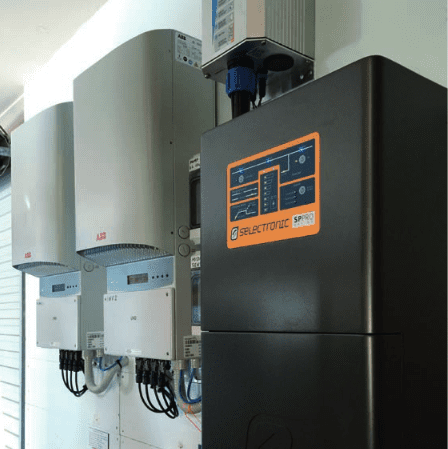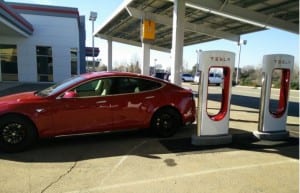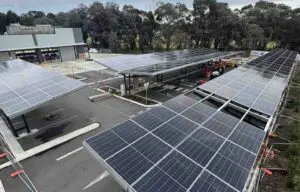The amount of battery storage capacity installed in Australia will grow 50-fold over the next 10 years, a new report has predicted, and the rapidly falling costs of the technology will make electric cars competitive with conventional cars within the next 20 years.
The report, published on Tuesday by the Climate Council, predicts that half of all households in Australia will soon have solar with battery storage, with the market potentially growing to $24 billion. Globally, the market for solar PV panels and battery storage is expected to grow tenfold in less than five years.
Currently, according to AEMO, there are about 500 residential battery storage and solar power systems installed across Australia, while large-scale battery storage capacity is around 0.5 GW.

But like international energy storage market leaders Enphase (US) and SolarEdge (Israel), the Climate Council report – Powerful Potential: Battery Storage for Renewable Energy and Electric Cars – predicts Australia will be a key market for battery adoption, thanks to a combination of high-cost electricity, high solar uptake and solar feed-in tariffs that make self-consumption a priority.
And it’s just the latest report to do so. Another, published in September by energy research group Energeia, predicted demand for battery storage would be booming by 2025, when Australian households and businesses would be installing battery systems at a rate of 55,000 a year.
Even federal environment minister Greg Hunt, whose Coalition government recently announced it wanted to accelerate the rollout of energy storage technology in Australia, said this month that batteries were “clearly the future,” for Australian households, and would inevitably help take large numbers of them off grid.
Interestingly, however, the Climate Council report also notes that battery storage technology has the potential to reduce the two biggest contributors to Australia’s rising electricity bills – and thus, perhaps, the motivation for households to go off-grid – which are costly network upgrades and wholesale energy costs.
For households, meanwhile, a battery storage system as small as 4kWh in capacity would boost the amount of solar self-consumption from between 30 and to 60 per cent.

And while battery costs continue to slide – between 2007 and 2014 they have fallen by an average of 14 per cent a year – the report says adopting storage will cost households around $10,000 a system, with a payback of 10 years.
Falling battery costs would also accelerate the uptake of electric vehicles, says the report, effectively removing the key barrier blocking their uptake.

“When battery prices reach $US150/kWh then battery electric vehicles will become directly cost competitive with conventional cars,” says the report.
“Cost-parity is not far off given batteries are expected to reach $US200/kWh by 2020, even without further technological improvements.”
The report notes that electric vehicle uptake will benefit households by cutting their transport costs, as well as by providing a form of back-up household battery storage.
“These households will be able to use their car’s battery to store excess solar power at peak times for use later – maximising their use of solar PV generation if they have a rooftop system – or to manage their electricity demand from the grid,” it says.










